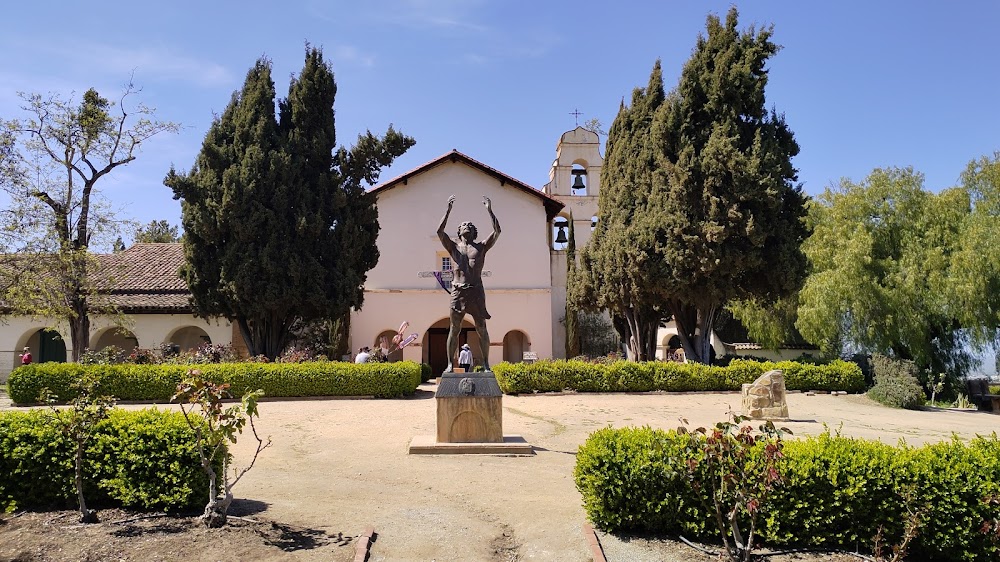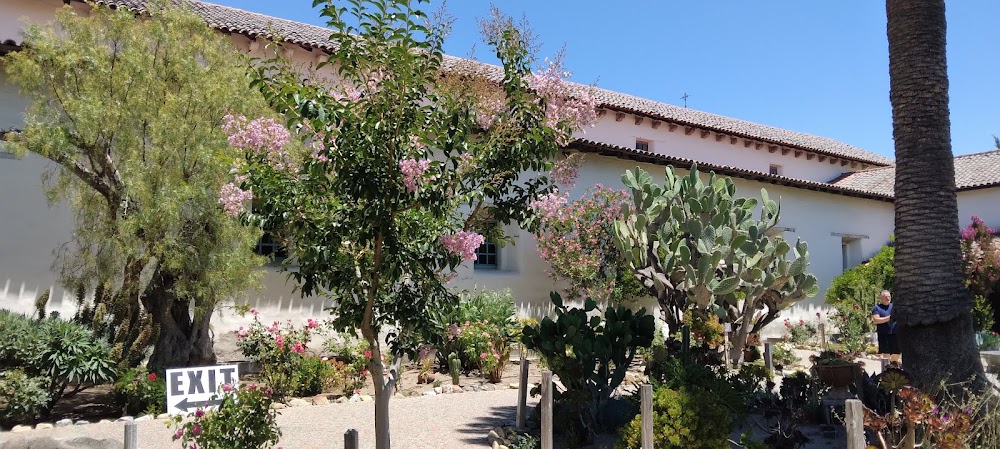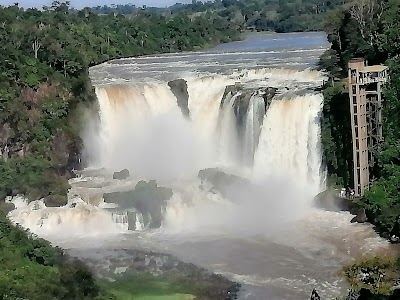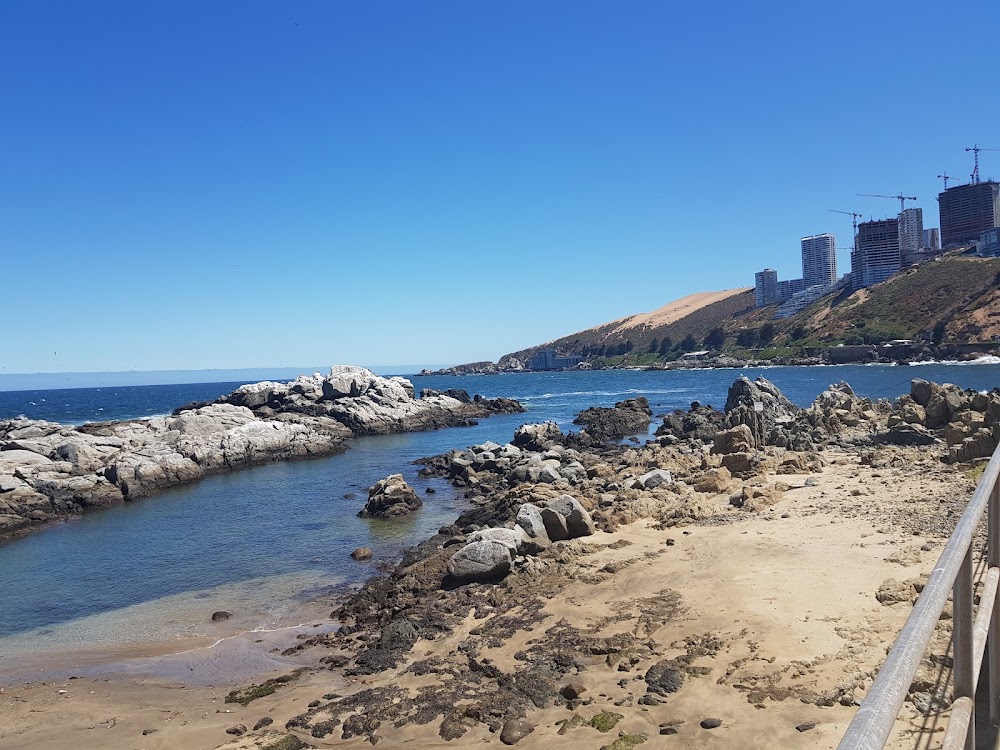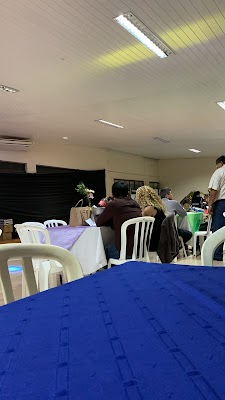San Juan Bautista (San Juan Bautista)
Overview
San Juan Bautista, a remarkable town nestled in the Misiones Department of Paraguay, boasts a captivating history and an intriguing establishment process. Founded in the early 17th century, San Juan Bautista owes its origin to the tireless efforts of Jesuit missionaries, who aimed to forge a harmonious community with the indigenous Guarani people.
The Jesuit Mission
The Jesuits, a Catholic religious order celebrated for their educational and missionary work, embarked on a mission to convert the Guarani to Christianity. They meticulously planned and constructed a series of reducciones, or settlements, where the Guarani could live under the guidance of these devoted missionaries. San Juan Bautista emerged as one such reduction, serving as a model for community building.
Town Layout and Design
The town was thoughtfully designed with a central plaza, around which stood significant structures including the church, school, and administrative buildings. The Guarani community inhabited houses organized in neat rows surrounding this central space, a design that facilitated communication and mirrored the Jesuit ideals of order and community living.
Construction Techniques
Construction in San Juan Bautista adhered to traditional adobe techniques, utilizing locally sourced materials. Adobe bricks—crafted from a mixture of clay, sand, straw, and water—were molded and sun-dried to create sturdy walls. The roofs, typically thatched with palm leaves or covered with clay tiles, further showcased the ingenuity of the builders in harmonizing with their environment.
Education and Self-Sufficiency
The Jesuits placed a strong emphasis on education and self-sufficiency, establishing schools to teach reading, writing, and arithmetic, along with religious instruction. The Guarani were trained in various trades such as carpentry, blacksmithing, and agriculture, enabling the community to thrive independently and economically.
Artistic Expression
In addition to practical skills, the Jesuits encouraged artistic expression. Recognizing the natural talents of the Guarani in music and crafts, they offered training in making musical instruments. This led to the creation of exquisite harps, flutes, and violins, which contributed to the region's rich cultural heritage and continue to be celebrated today.
The Decline of the Reduction
While the reduction flourished under Jesuit care, its prosperity was not destined to last. By the late 18th century, the Jesuits were expelled from Spanish territories, including Paraguay, resulting in the dismantling of this meticulously built community. Many indigenous inhabitants dispersed or integrated into other parts of the country, leading to significant changes in the town's dynamics.
The Spirit of San Juan Bautista
Despite the tumultuous changes, the spirit of San Juan Bautista endured. Over time, the town transformed into the administrative and cultural center it is today. The modern-day San Juan Bautista is a vibrant blend of its Jesuit legacy and contemporary Paraguayan life, with echoes of its storied past visible in preserved architecture and cultural traditions.
A visit to San Juan Bautista offers an insightful glimpse into a unique chapter of Paraguay's history, showcasing the Jesuits' dedication to creating thriving communities amid the challenges of the colonial era. Whether you are a history enthusiast, a culture seeker, or simply in search of a picturesque destination, San Juan Bautista promises an unforgettable experience.


